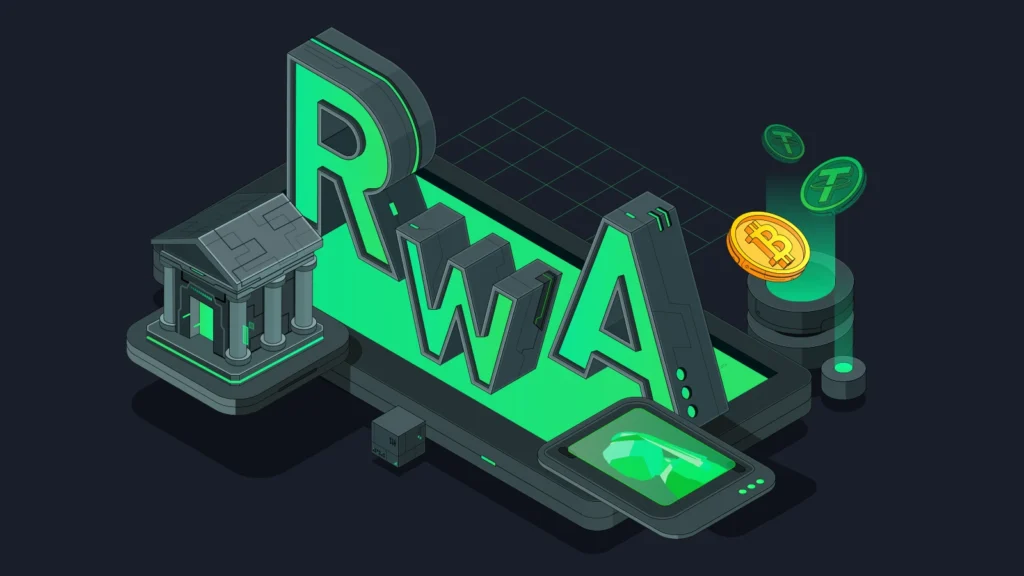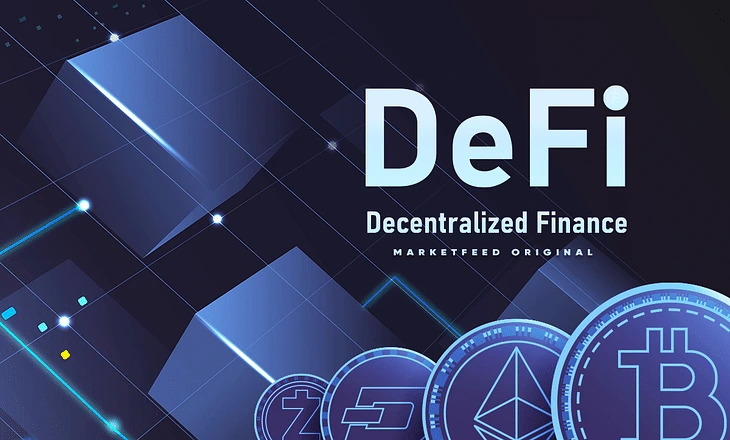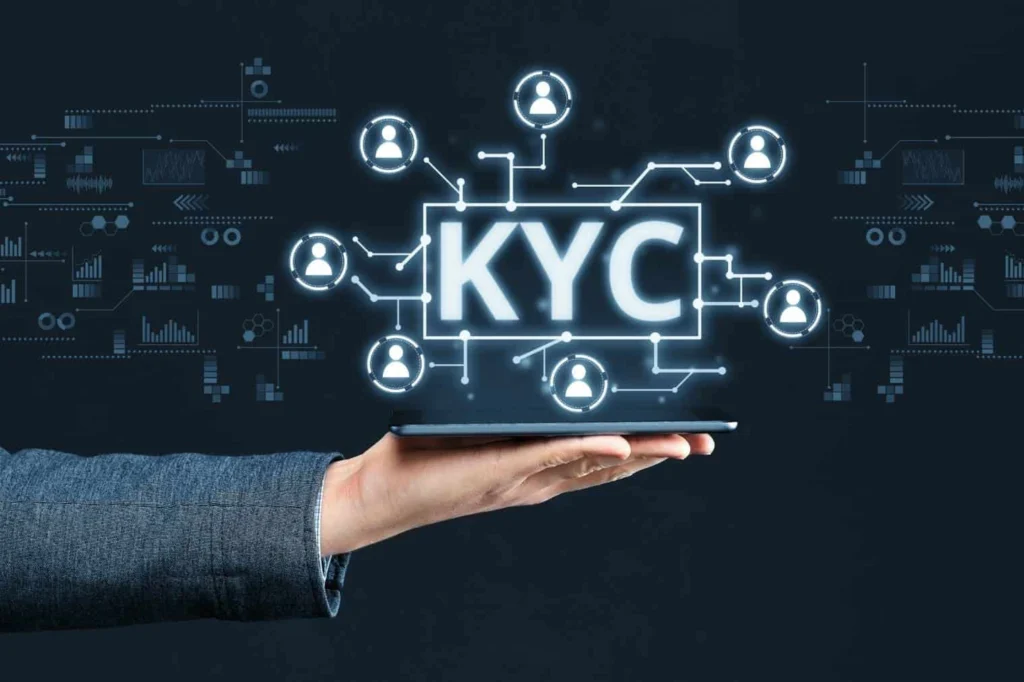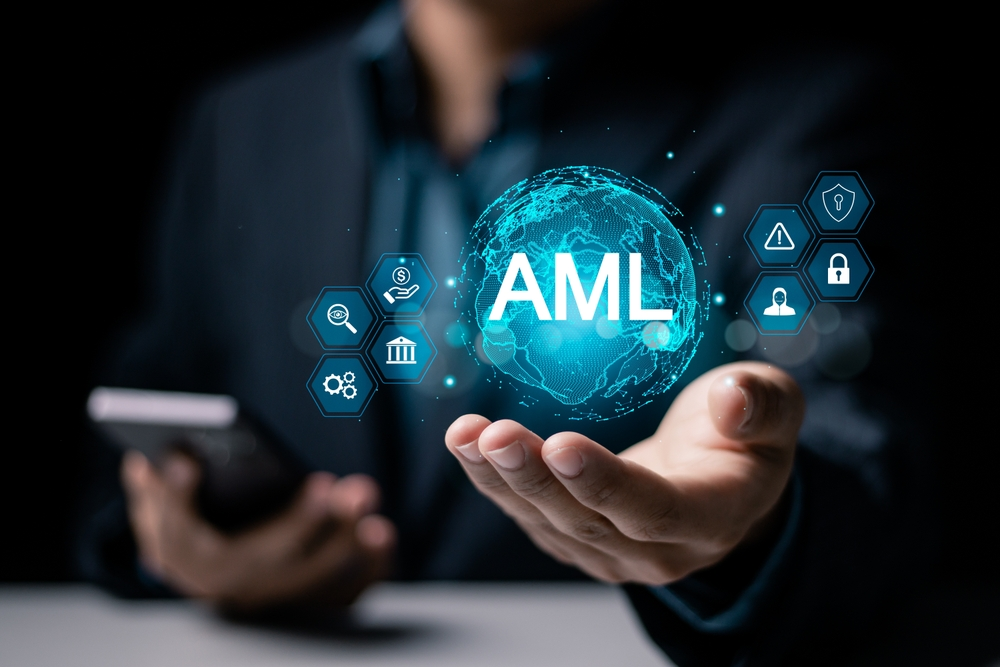Will RWA Disrupt Finance? A Technical Breakdown of the Real-World Asset Revolution
April 27, 2025

“RWA disrupt finance” is more than a buzzphrase—it’s a thesis on how blockchain could fundamentally reshape legacy financial systems by digitizing physical, real-world assets.
In this breakdown, we’ll examine the core mechanisms, infrastructure requirements, regulatory interfaces, and challenges facing Real-World Asset tokenization.


What Are RWAs and How RWA Disrupt Finance, Technically Speaking?
Real-World Assets (RWAs) are physical or legal-financial entities—like real estate, invoices, gold, carbon credits, or U.S. Treasury bonds—that are represented digitally on blockchain via tokenization.


Technically, this means:
- A smart contract is issued to represent the RWA on a blockchain.
- A custodian or legal entity holds the real-world asset, with contractual links tying it to the digital token.
- The token acts as a claim or interest in the off-chain asset, either as a security, derivative, or commodity—depending on structure and jurisdiction.
Mechanism: How RWA Disrupt Finance via Liquidity and Composability
The core disruption lies in converting illiquid, slow-moving assets into programmable financial instruments. This enables:
1. Fractional Ownership
- Through ERC-20 or similar token standards, assets can be divided into thousands of units, allowing micro-investments and broader access.
2. Secondary Market Liquidity
- Tokens can be traded on DeFi platforms, centralized exchanges, or OTC protocols, potentially reducing friction seen in traditional asset transactions.
3. Composability in DeFi
- RWA tokens can be used as collateral in lending protocols, or integrated into yield strategies—just like stablecoins or ETH.

Legal Architecture: Bridging On-Chain Logic and Off-Chain Enforcement
A primary challenge in making RWA disrupt finance is legal enforceability:
- Token–Asset Linkage: The smart contract must be legally recognized as a valid representation or entitlement to the underlying RWA.
- Jurisdictional Custody: The asset custodian must hold and manage the asset in accordance with local laws and reflect changes (e.g., sale, damage) on-chain.
- Compliance Modules: Many platforms integrate KYC/AML controls and transfer restrictions directly into the token via permissioned smart contracts (e.g., ERC-1400).


This makes regulatory tech (“RegTech”) a vital layer in any RWA infrastructure stack.
Technical Risks and Infrastructure Dependencies
Despite its promise, RWA tokenization introduces several system-level risks and dependencies:
1. Oracle Reliability
- RWAs depend on off-chain data input, such as valuations, location tracking, and status verification. This creates the infamous oracle problem—trusted data sources become centralized points of failure or manipulation.
2. Smart Contract Risk
- A bug in the smart contract could result in asset loss, exploitative arbitrage, or compliance violations.
3. Custodial Risk
- If the off-chain custodian becomes insolvent, fraudulent, or non-compliant, on-chain tokens may become legally worthless.
4. Liquidity Fragmentation
- Because RWA platforms often build their own ecosystems, liquidity can be siloed, making widespread adoption dependent on interoperability standards and bridge infrastructure.
Where It’s Working: Emerging Protocol Examples
Several protocols and platforms are demonstrating real-world applications:
- Centrifuge: Tokenizes business invoices for collateral in DeFi loans.
- Maple Finance: Provides real-world credit markets to institutional borrowers.
- Ondo Finance: Tokenizes U.S. Treasury products for on-chain exposure.
- RealT: Offers tokenized residential property ownership.
Each takes a slightly different architectural approach—some use DAOs to manage custody, others rely on licensed financial entities.
Final Analysis: Could RWA Disrupt Finance at Scale?
Technically speaking, yes—RWA could disrupt finance at multiple levels:
- For capital markets, it introduces a way to access liquidity faster and cheaper.
- For DeFi, it adds tangible yield-bearing instruments and risk-adjusted products.
- For users, it lowers entry barriers to once-inaccessible investment classes.
But full-scale disruption depends on:
- Regulatory alignment and clarity
- Robust legal-token infrastructure
- Secure, interoperable oracles and smart contracts
- Adoption by institutions, not just retail
Conclusion
The idea that RWA disrupt finance isn’t just conceptual—it’s being coded, tested, and deployed. But technical execution and legal scaffolding must evolve in tandem.
In a best-case scenario, RWA creates a hybrid financial ecosystem: one where DeFi’s speed and accessibility meets traditional finance’s scale and asset depth.
It’s a complex build, but for developers, investors, and regulators, the time to engage is now.
Relevant Link : Here

